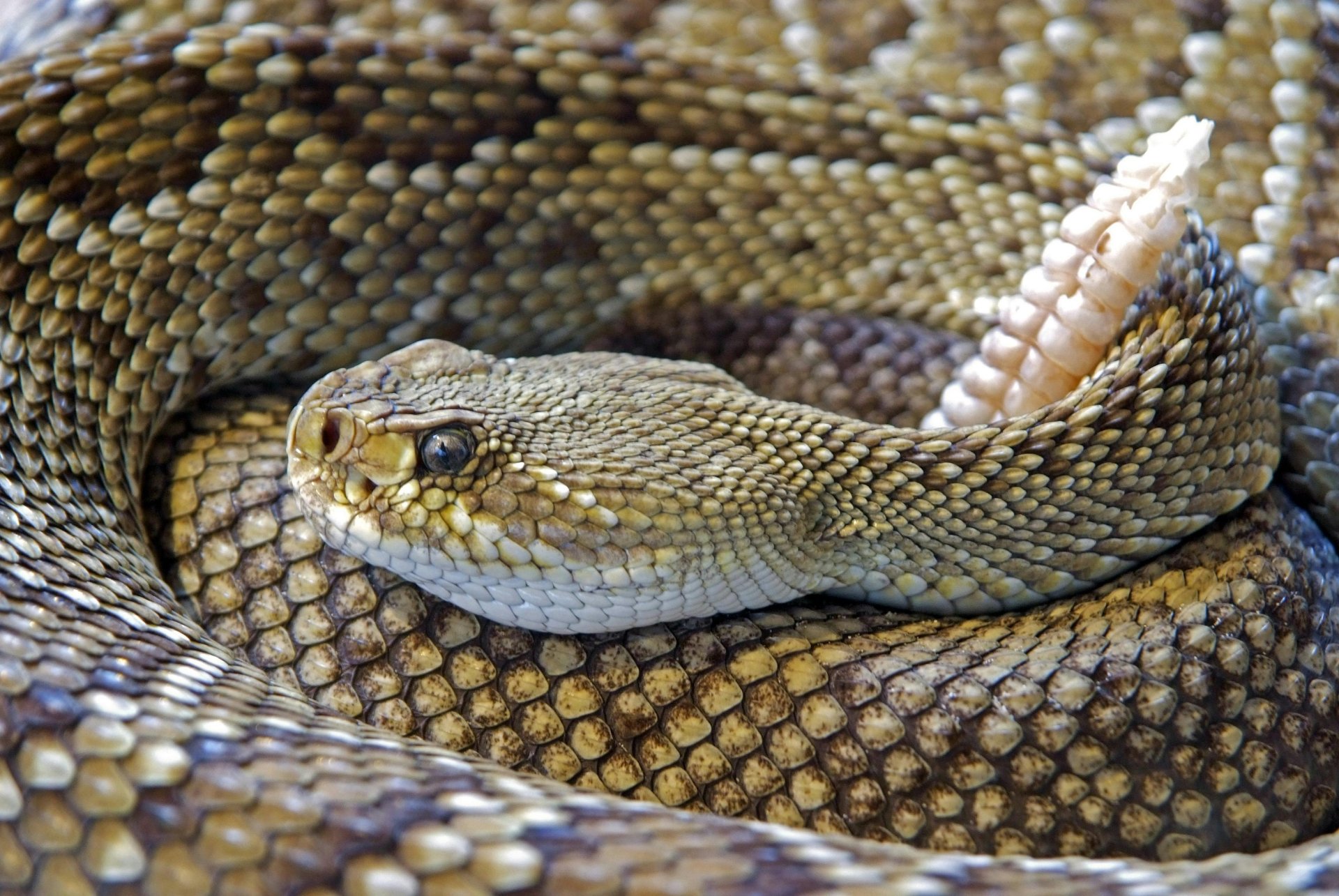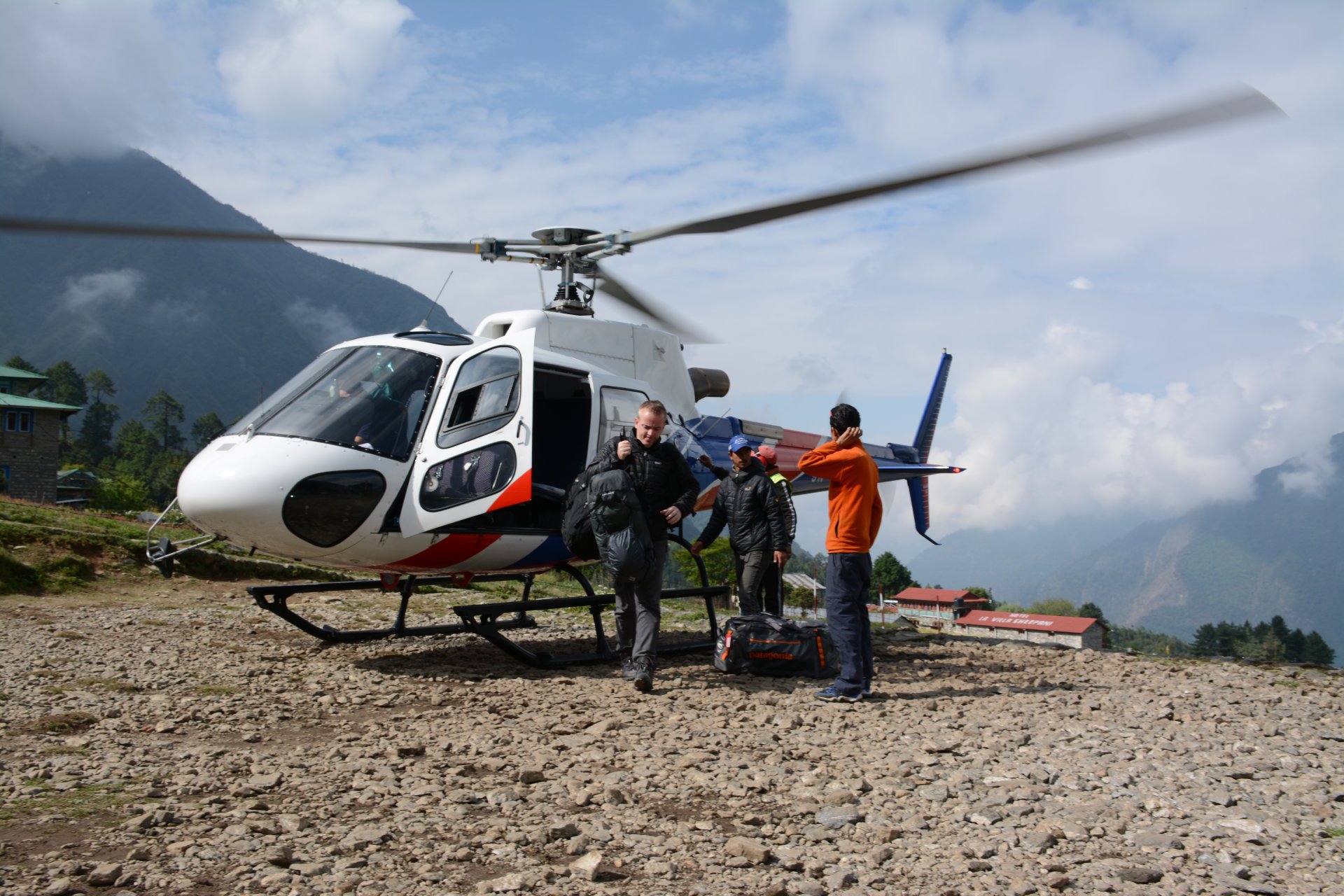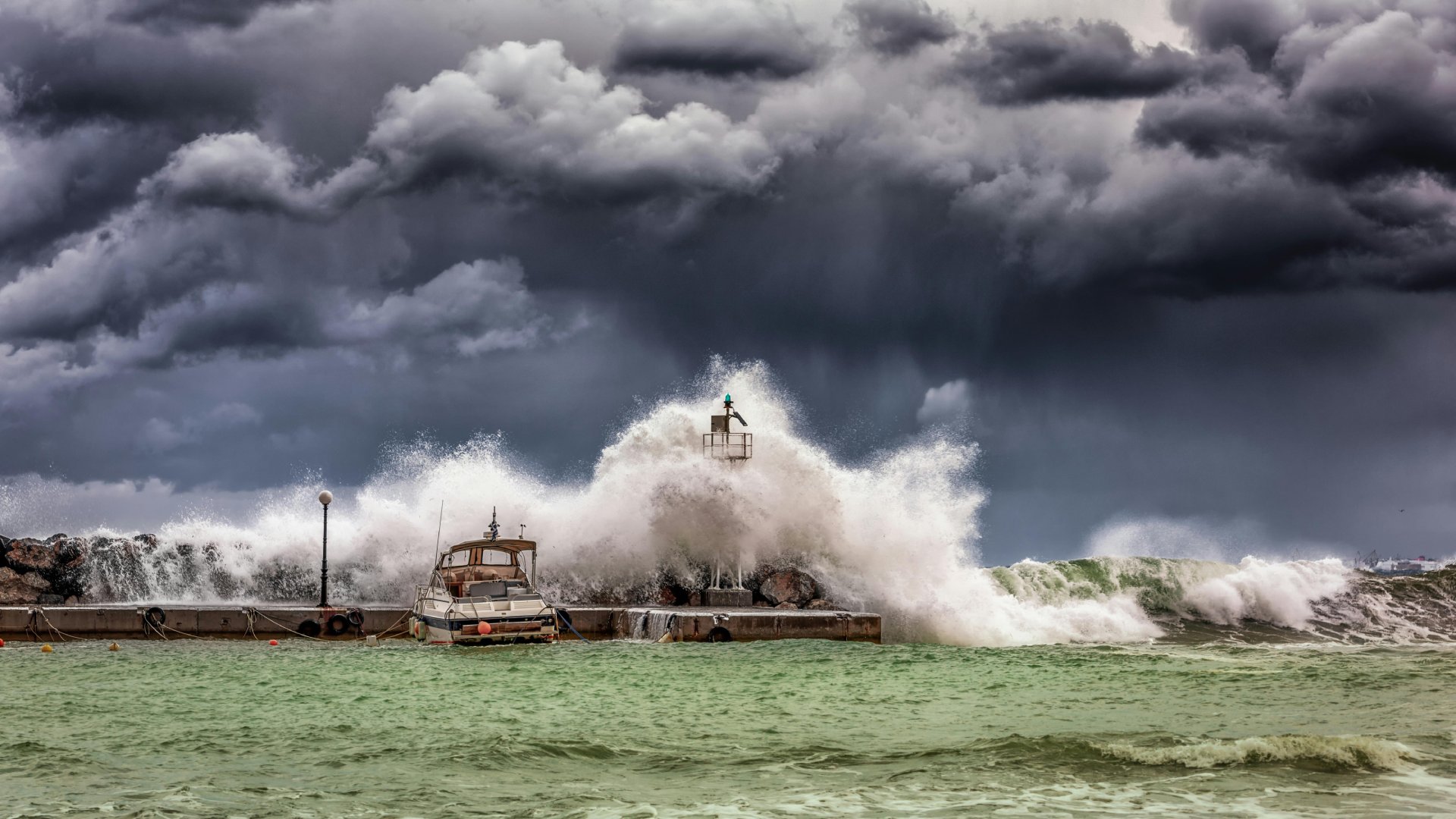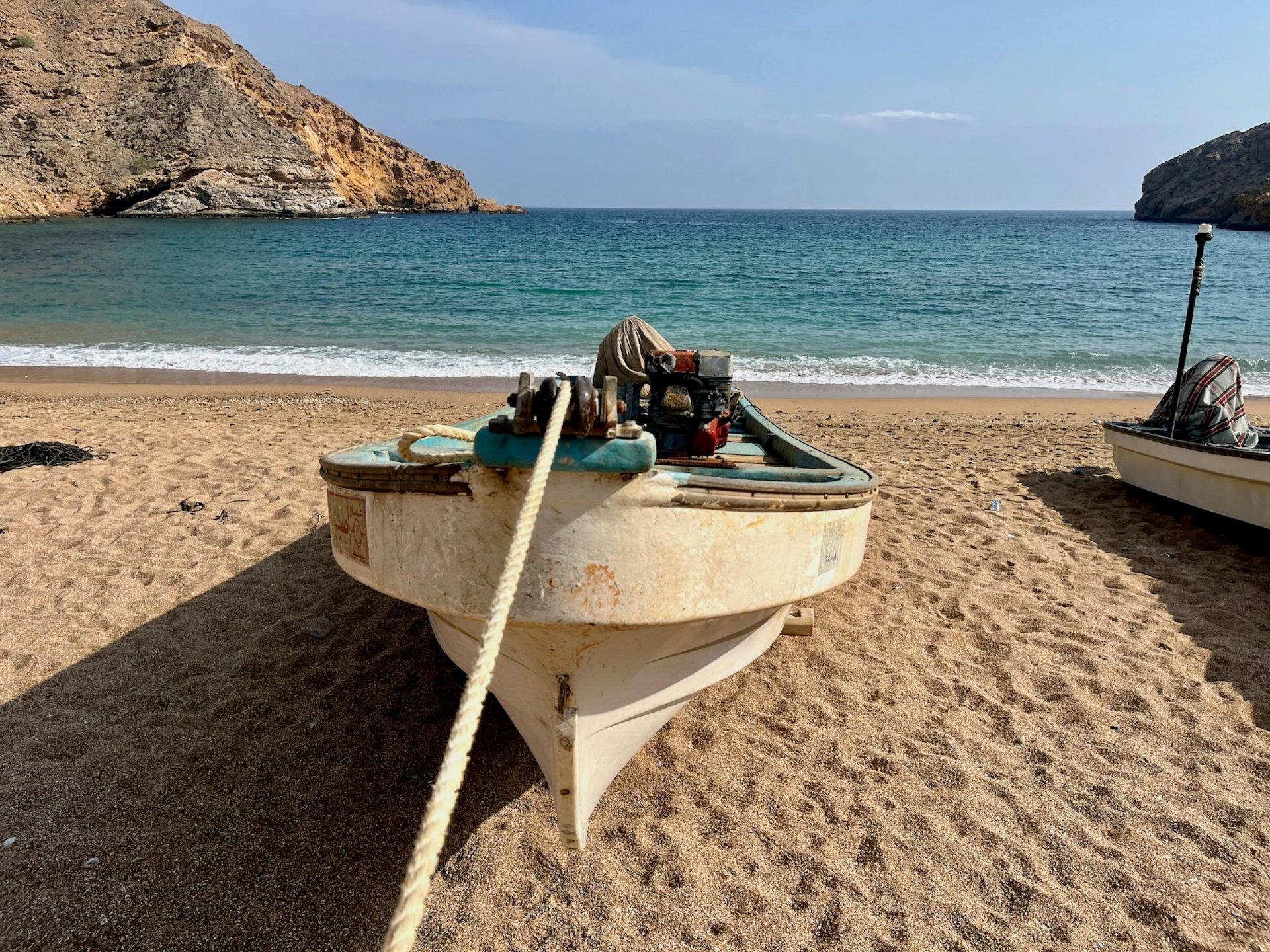Article Highlights:
- India accounts for nearly 50,000 snake bite deaths annually, primarily from the Big Four venomous snakes.
- The USA reports 7,000–8,000 venomous bites per year, but fatalities are rare due to effective medical care.
- Nigeria’s Carpet Viper is responsible for most snake bite deaths in West Africa.
- First aid essentials: Keep the patient calm, clean the wound, and seek medical help immediately.
- Carrying antivenom is not recommended for travelers, but knowing regional availability is crucial.
Contrary to popular belief, snakes are not actively looking for people to bite. Despite their fearsome reputation, most snakes are more afraid of humans than humans are of them. Bites typically occur when snakes feel threatened or are accidentally stepped on. Of the approximately 3,000 snake species worldwide, only about 400 are venomous, primarily found in tropical and temperate climates.
Despite this, Global Rescue has plenty of snake-related operations to share. Like the time we received an SOS alert from a satellite messaging device owner whose wife had been bitten on the foot by a black snake in Australia. She was experiencing numbness near the bite mark, along with thirst and nausea. Operations alerted first responders and coordinated with emergency authorities for rescue. The reporting individual confirmed that an ambulance had arrived and the rescue was underway.
Risks of Snake Bite in India, Pakistan, Nigeria, and the USA
Snake bites in India are a serious public health concern. The country accounts for nearly 50,000 deaths annually from venomous bites, primarily from the “Big Four” snakes:
- Indian Cobra – Highly venomous; neurotoxic venom affects breathing.
- Russell’s Viper – Hemotoxic venom causes severe tissue damage and internal bleeding.
- Common Krait – Often bites at night; venom leads to respiratory failure.
- Saw-Scaled Viper – Fast-moving, aggressive, and highly venomous.
These bites are prevalent in rural areas where agriculture is common and access to immediate medical care is limited.
Pakistan experiences a high number of snake bite cases, especially in the provinces of Sindh and Punjab. The most dangerous species include the Indian cobra, krait, saw-scaled viper, and Russell’s viper.
- Indian Cobra – Similar risks as in India.
- Saw-Scaled Viper – Highly venomous, causes internal bleeding.
- Russell’s Viper – One of the most lethal snakes in Pakistan.
- Krait – Often mistaken for a harmless species due to its nocturnal nature.
The mortality rate is significant due to limited medical facilities and a lack of awareness.
Snake bites in Nigeria are most common in rural farming regions. The carpet viper (Echis ocellatus) is responsible for most venomous bites, causing thousands of deaths each year.
- Carpet Viper – The deadliest snake in West Africa; venom causes severe bleeding disorders.
- Puff Adder – Can deliver enormous amounts of venom, leading to fatal envenomation.
- Black Mamba – Extremely fast and highly venomous; neurotoxic venom leads to paralysis and death.
Limited access to antivenom and poor medical infrastructure contribute to high fatality rates.
The United States records about 7,000–8,000 venomous snake bites per year, but fatalities are rare due to high-quality emergency medical care. The main culprits include rattlesnakes, copperheads, cottonmouths, and coral snakes.
- Eastern and Western Diamondback Rattlesnake – Hemotoxic venom causing severe tissue damage.
- Copperhead – Less aggressive but painful bites.
- Cottonmouth (Water Moccasin) – Highly aggressive, venomous water snake.
- Coral Snake – Neurotoxic venom can be deadly if untreated.
Texas and Florida, with their warm climates, have the highest frequency of bites.
Lake snakes are largely nonvenomous, but the water moccasin is a unique exception. It is North America’s only venomous water snake. They are found in streams, marshes, swamps, and the shores of ponds and lakes. A bite can be serious or even deadly.
If bitten, move away from the snake’s striking distance, stay calm to prevent the spread of venom, keep the bite site below the level of your heart, clean the wound with soap and water, and cover it with a clean, dry dressing. Call emergency services immediately after a snake bite and move to the shoreline if not already there.
If you are hiking in Georgia or Arizona, with an estimated 15 snakes per square mile, or Texas, with a large population of rattlesnakes, staying on the trail is the safest path. It will give you time to see the snake, assess the situation and wait at a safe distance for the snake to leave. Most injuries occur when people try to kill or move the snake. If you see one, give it plenty of room and either go around or turn around.
Snake Bite First Aid and Emergency Treatment
If a snake bites you or someone nearby, it is crucial to remain calm and still, as movement can accelerate the spread of venom. Immediately remove any jewelry or tight clothing, as swelling can occur rapidly and cause additional complications. Clean the bite site using water and a sterile dressing to minimize the risk of infection.
The affected limb should be immobilized and kept at heart level to slow the venom’s circulation throughout the body. It is essential to avoid harmful practices such as cutting the bite, attempting to suck out the venom, applying ice, or using tourniquets, as these can worsen the situation. Above all, seeking medical attention as quickly as possible and providing timely treatment are critical for effective care and recovery.
According to Johns Hopkins Medicine, hospital treatment for snake bites typically includes antibiotics to prevent or treat infections, pain management through medications to alleviate discomfort, and antivenom administration based on the specific snake species and severity of symptoms. Proper medical intervention is crucial in minimizing the effects of envenomation and ensuring a full recovery.
The Global Rescue Connection
Snake bites are a significant risk in many parts of the world, particularly in India, Pakistan, Nigeria, and the southern USA. However, the risks can be minimized with proper precautions, knowledge of local snake species, and prompt medical care. Always be cautious in snake-prone areas, wear protective clothing, and know the location of the nearest medical facility capable of handling snake envenomation.
When visiting international destinations like India, Pakistan, and Nigeria, or outdoor regions in the US, it’s important to be prepared for unexpected medical situations. With a Global Rescue travel membership, you’ll have access to the following services at no charge:
- Field rescue from the point of illness or injury in case of a medical emergency
- Medical evacuation to the nearest appropriate facility, if necessary
- 24/7 medical advisory services to guide you through any health-related challenges while traveling.
A Global Rescue membership provides peace of mind, ensuring that no matter where you are in the world (hopefully, not a snake pit), you’ll have access to the help you need.









